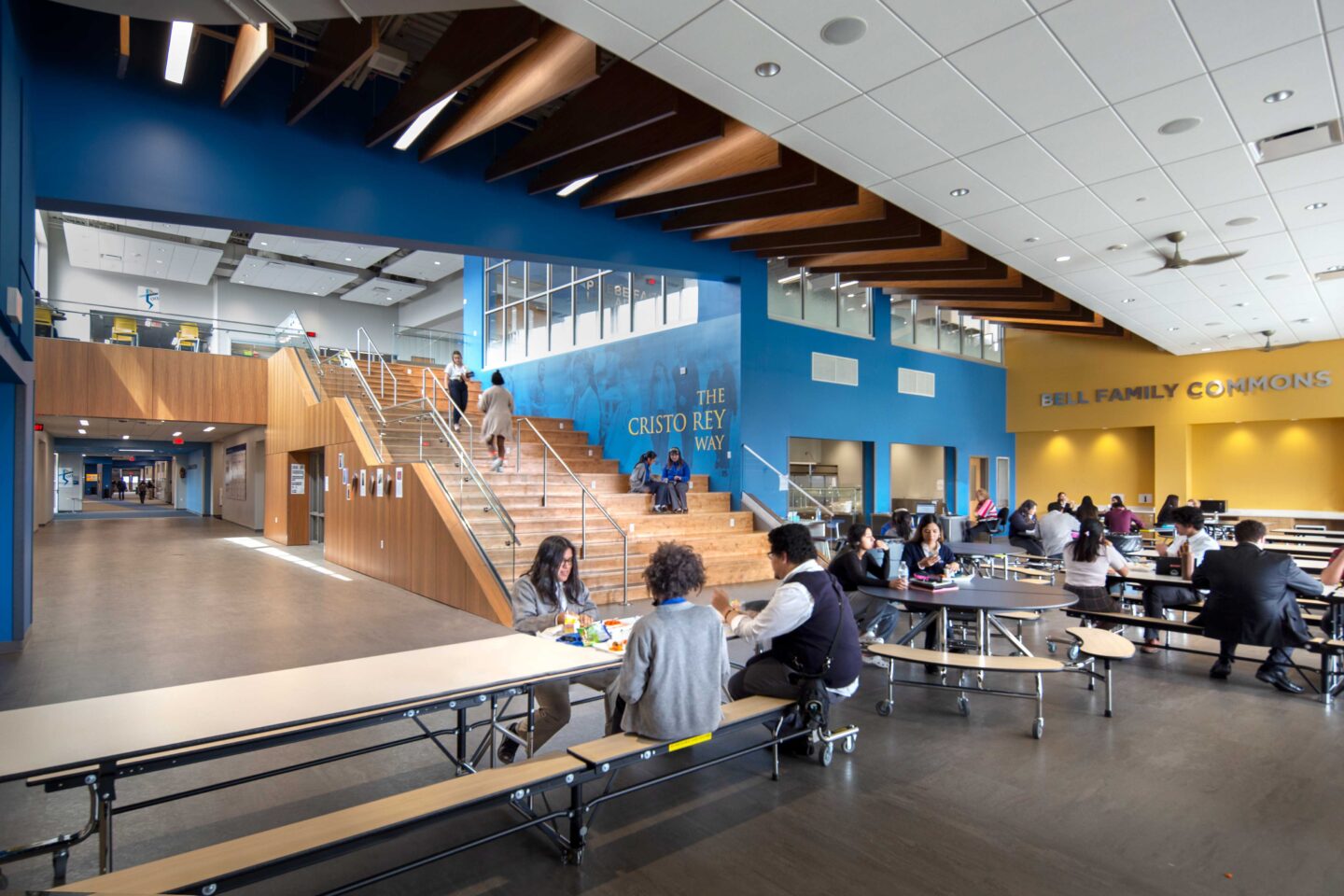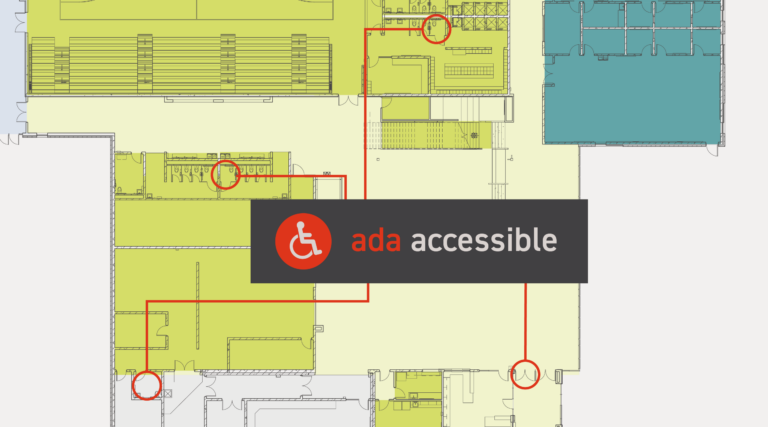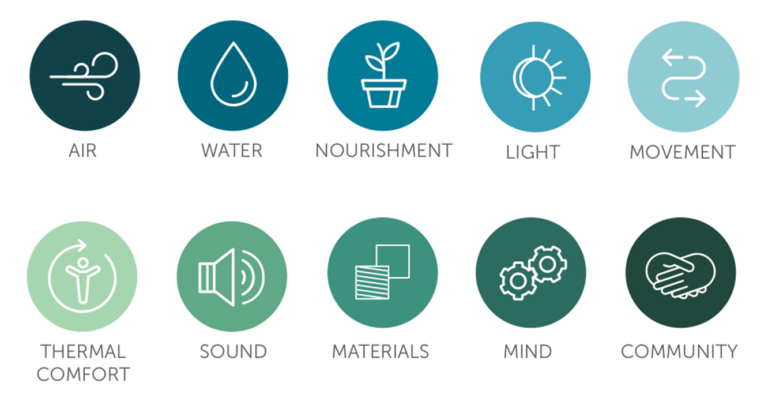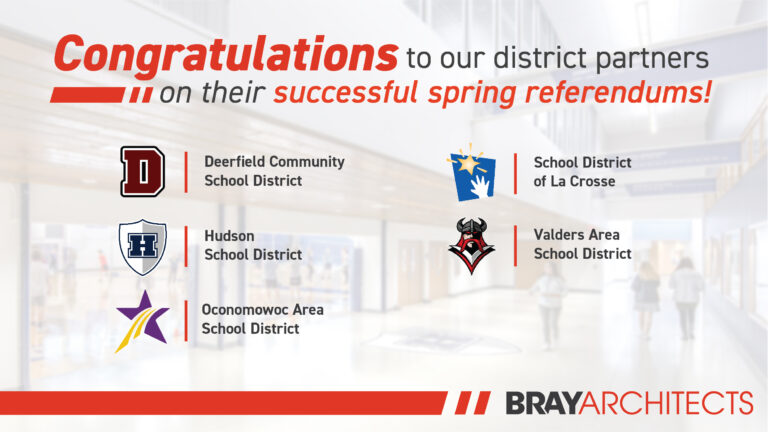Architecture
It may seem obvious that conversations about a new school need to be about the physical space. But how this happens can be a mystery to those who aren’t regularly involved in the process.
Architects base their early discussions of space around the “program.” The program is a list – like cook’s grocery list – of what kinds of spaces need to be included in a building. Together with the district, the architectural team will identify every classroom, administrative area, and support space in the school, including their rough sizes.
During educational visioning, the design team analyzes this list beyond its face value. For example, the district and design team might ask why they listed four classrooms of 900 square feet each for the English department.
If they meet with the English teachers, they might learn that three classrooms would satisfy their needs – and that the square footage of the fourth classroom could be better used elsewhere. The team could propose to use that space as a resource area and a conference room to support a series of writers’ workshops that the English department often hosts for the school.
By digging deeper into the program and asking questions about it, the visioning team can identify opportunities for new spaces that might not have been on the original list of “ingredients.”
In the next part, we’ll look at how a district’s identity impacts the visioning process. Read part three.
Bray Tip: Get More People Involved
For educational visioning, more participation is better. In general, the more stakeholders that are involved, the more likely it will create a building that the district and community proudly call their own.
Students are often overlooked in the visioning process. But as one of the primary user groups, their voice is important.
It can be hard to convince district leaders that including students in the visioning talks is necessary, so it’s critical for the designers to clearly explain what they’re hoping to gain by talking with students.
Limiting the questions can help focus the conversation, which can lead to better responses. For example, architects might explain to the district that they are going to ask the students two specific questions. These might be:
- Where in the current facility do you feel most comfortable?
- Where do you think you learn the most?
Another potential concern from school leaders about engaging students is keeping the conversations focused. Sure, students might request a built-in chocolate fountain. It’s just as likely that they’ll ask for spaces that feel comfortable, safe, and inclusive. Embedded even in the silly ideas are seeds that can launch important conversations.
“Kids think and dream big; it’s what they do,” says Allison Mastel, architect and project leader at Bray. “As adults, we need to interpret those ideas and consider what they’re actually asking for.”
Image above: The learning stair at Cristo Rey Jesuit High School.



